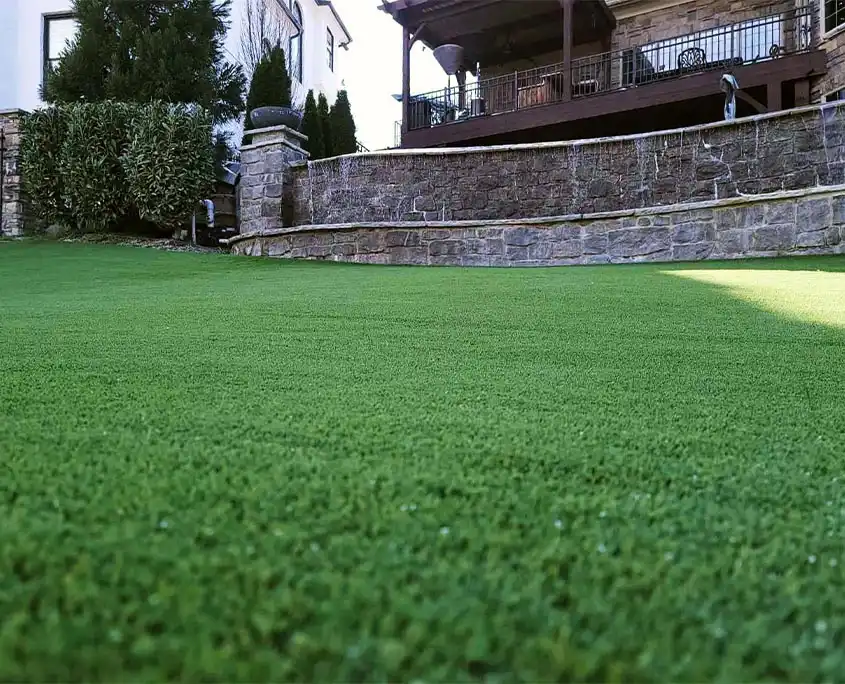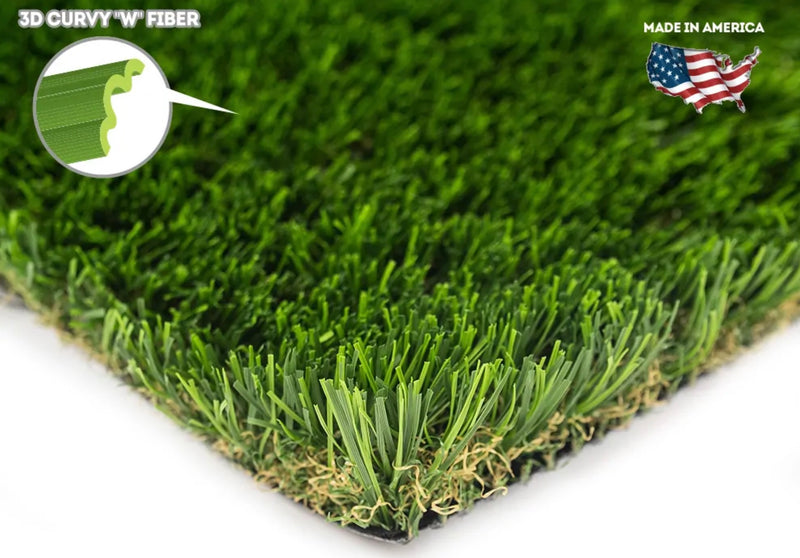Luxury Arizona Turf Installation Services for Homes and Businesses
Luxury Arizona Turf Installation Services for Homes and Businesses
Blog Article
Explore the Environmental Conveniences of Opting for Artificial Lawn Solutions
The adoption of synthetic grass solutions presents an engaging chance to attend to pushing ecological challenges. By considerably minimizing water use and reducing the application of harmful chemicals, these alternatives not just promote sustainable landscaping yet additionally shield local ecological communities. The reduced carbon impact linked with reduced maintenance tasks adds to an extra sustainable approach to land management. Nevertheless, the implications of these advantages extend beyond mere preservation initiatives, questioning about their lasting influence on habitat preservation and total environmental equilibrium. Discovering these dimensions reveals an intricate interplay worth thinking about.
Water Preservation Advantages
One of the most significant advantages of fabricated turf is its capability to save water. In contrast, fabricated lawn does not need watering, dramatically minimizing the overall need for water resources.
By getting rid of the requirement for routine watering, artificial grass adds to lasting landscape methods and aids reduce the ecological effect of excessive water usage. The conservation of water prolongs to the decrease of runoff, which can lead to soil erosion and waterway contamination.
In addition, the installation of synthetic grass allows home owners and districts to assign water sources more effectively, concentrating on necessary usages such as drinking water and farming. The change in the direction of man-made turf not just advertises liable water use yet additionally straightens with more comprehensive environmental objectives intended at maintaining natural deposits.
As neighborhoods progressively prioritize sustainability, the water conservation benefits of synthetic grass present an engaging instance for its fostering in commercial and domestic landscaping projects.
Minimized Chemical Use
The shift to man-made turf considerably reduces the reliance on chemical therapies frequently used in natural yard maintenance. Conventional lawn monitoring typically entails the application of fertilizers, chemicals, and herbicides to advertise growth and control pests. These chemicals can present threats to human health and wellness, neighborhood wildlife, and the setting, adding to soil and water contamination.
In contrast, man-made lawn gets rid of the need for these unsafe substances. By reducing the launch of artificial compounds right into the ecological community, man-made grass advertises much healthier soil and water systems.
Additionally, the lack of chemical drainage connected with synthetic grass installments helps protect regional rivers from air pollution, sustaining aquatic life and preserving biodiversity. Arizona turf. As communities significantly focus on sustainable techniques, selecting fabricated turf presents a sensible remedy that aligns with environmental conservation objectives. Via this shift, homeowner can appreciate lavish green spaces without endangering eco-friendly health and wellness, paving the method for a much more sustainable future
Reduced Carbon Footprint

Moreover, the installation of synthetic grass can cause considerable water preservation. Natural yards require substantial amounts of water for irrigation, which not only contributes to the carbon footprint connected with water extraction and treatment however likewise pressures local water resources. In comparison, fabricated turf requires very little upkeep, needing no watering, thereby dramatically reducing water use and its connected energy costs.
Furthermore, the read what he said durability of synthetic grass adds to its reduced carbon impact. With a lifespan of approximately 15 years or even more, the demand for constant substitutes is reduced, leading to less waste and lower energy intake in production and taking care of traditional grass options. On the whole, artificial lawn offers a sustainable choice for eco mindful landscaping.
Habitat Conservation
Environment preservation is a vital consideration in the dispute over landscape design options, particularly when comparing fabricated grass to all-natural yard. All-natural turf yards often require comprehensive maintenance, consisting of making use of plant foods, herbicides, and chemicals, which can negatively influence neighborhood environments. These chemicals can leach into the dirt and rivers, damaging native vegetation and fauna and disrupting neighborhood habitats.
In contrast, fabricated turf offers a chance to reduce the eco-friendly footprint of landscaping. By choosing synthetic lawn, home owners can lessen the disruption of natural environments connected with traditional yard treatment practices. Synthetic grass eliminates the requirement for hazardous chemicals, thus protecting close-by wild animals and keeping the stability of surrounding environments. Moreover, the setup of synthetic grass can lead to the conversion of former lawn areas right into more biodiverse my response landscapes, such as pollinator gardens or native plant areas, which can support regional wild animals.
Inevitably, the change to synthetic turf not only saves water and minimizes upkeep initiatives however likewise fosters a much more unified connection in between human activities and the natural atmosphere, advertising habitat preservation at the same time.
Long-Term Sustainability
Long-term sustainability is a critical variable in reviewing the benefits of man-made lawn over traditional yard lawns. One of the most significant advantages of synthetic grass is its sturdiness; it can last as much as 15-20 years with minimal upkeep, whereas natural turf requires constant reseeding and replacement. This long life minimizes the need for consistent resources, such as water, plant foods, and pesticides, which are vital for keeping a healthy grass yard.
In addition, synthetic grass adds to a reduction in carbon emissions related to lawn care devices. Conventional grass commonly need gas-powered lawn mowers, trimmers, and blowers, every one of which add to air contamination. Phoenix turf companies. On the other hand, man-made lawn removes the requirement for such tools, advertising a cleaner environment
Furthermore, the manufacturing of synthetic grass increasingly utilizes recycled products, improving company website its sustainability account. As manufacturers adopt green methods, the ecological footprint of synthetic grass remains to lessen.

Verdict
The adoption of synthetic grass options presents considerable environmental advantages, including considerable water preservation, reduced reliance on unsafe chemicals, and a lower carbon impact. Artificial turf help in maintaining all-natural environments by minimizing land disturbance and advertising lasting sustainability with the usage of sturdy products. Collectively, these elements underscore the capacity of synthetic grass to add favorably to environmental health and offer a feasible alternative to standard landscape design methods in a progressively resource-conscious world.
In comparison, artificial turf does not require watering, dramatically minimizing the overall need for water sources. By reducing the launch of synthetic substances into the community, fabricated grass advertises much healthier soil and water systems.
Furthermore, the installment of synthetic lawn can result in significant water preservation. In contrast, artificial grass requires minimal upkeep, requiring no watering, consequently significantly lowering water use and its associated energy expenses.

Report this page